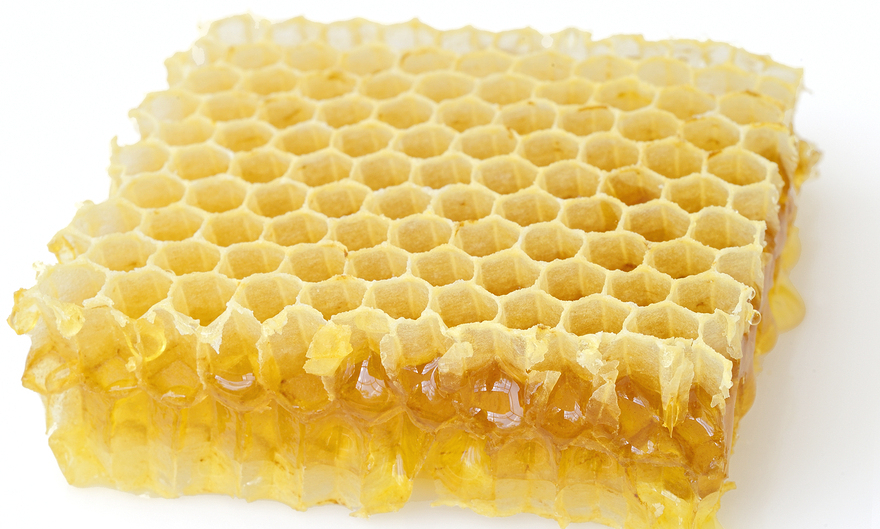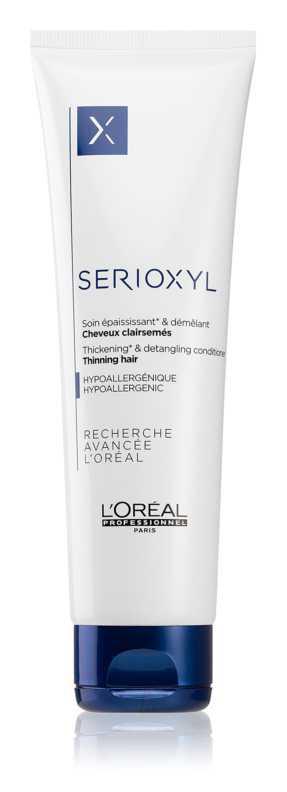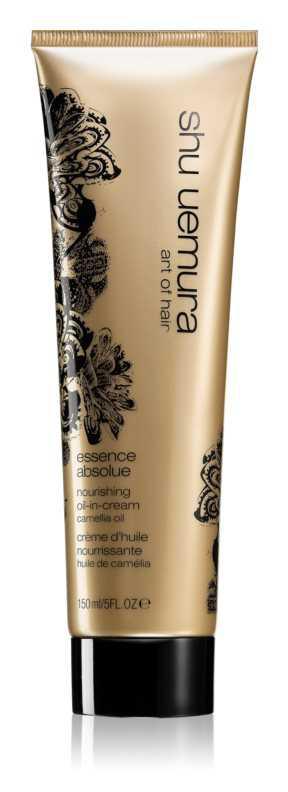
Beeswax is one of the amazing substances that bees produce. People have been using it for centuries to make candles, and beeswax also has a number of healing properties, which is why it is a popular ingredient in ointments, creams and lotions. For what ailments can we use it?
Beeswax is the secretion of the bees' wax glands. Bees use it to create honeycombs, which are necessary for them to accumulate supplies of honey and bee broods, and to raise broods. Additionally, they need it to repair any damage and seal the cells filled with honey.
Beeswax has a compact, slightly greasy consistency, melts at 62-72 degrees C. Its color is variable - from light yellow to dark brown. Due to the color, beeswax is divided into white and yellow. It has a pleasant smell similar to honey and bee putty.
How is beeswax made?
Beeswax is produced by worker bees, and these are young, usually 14 days old. Wax glands are located on the underside of the bees' abdomen. Wax is formed in the cells of the fat body and in the tubules and is responsible for chemical processes that have not yet been fully understood by humans.
The process of making wax looks very spectacular, because the workers gather in larger groups, connecting with each other with their legs, thus forming long chains. As a result, the temperature of their abdomens increases by several degrees and they are able to produce wax. After the process is finished, all the workers fly to the place where the honeycomb is made. There they transfer the secretion from the glands to the mouth and form wax flakes with the help of mandibles. The older the bees get, their wax glands disappear.
Interestingly, the amount of wax produced by a bee depends on the region of the world, the species of the bee and its age.
Natural beeswax - how to recognize it?
Sometimes beeswax is counterfeit. For example, animal fats, stearin, ceresin, resin or paraffin are added thereto. How to recognize the real one? This can only be checked organoleptically: by stretching, kneading, smelling, tearing and tearing it, but it can be done by someone who is already skilled in it.
Natural beeswax is rather neutral in taste and does not stick to the teeth. Here are examples of how counterfeit wax may behave:
Beeswax - what does it contain?
Beeswax is a natural medicine that has been known for thousands of years. It was already used in ancient Egypt and in the time of Aristotle. Beeswax contains compounds beneficial to human health and beauty, including
Beeswax - properties and application
For medicinal purposes, mainly yellow wax (Cera flava) is used, which is made from combs that have not yet been colonized by maggots.
Due to the content of alcohols and fatty acids, the wax has a bactericidal, lubricating and protective effect, which prevents the epidermis from drying out. The skin moistened with wax is smooth, soft and shiny, therefore wax is readily added to ointments, creams, suppositories, eye shadows, lotions, foundations and depilatory patches.
Due to its properties, wax is recommended for the following ailments:
Beeswax - what else is it used for?
For centuries, beeswax has been used to make candles in courts and churches. Wax candles are still commercially available, but cost slightly more than their paraffinic counterparts. When smoked, they give off a very pleasant smell.
Wax is also eagerly used in apiaries for the production of honey - it is used to build the so-called bee snakes, i.e. templates in frames with embossed honeycomb shapes.
The chemical industry produces floor polishes and polishes with the addition of wax, and the food industry uses it for the production of films with which, for example, blue cheese is wrapped, fruit glazing, and food preservation. It is also a component of paints, crayons, adhesives and chewing gums.
Beeswax - can you eat?
Beeswax is considered a harmless product that can be safely consumed because it is indigestible and our body fully excretes it. It is even marked on the labels with the symbol E901. However, there is no exact research what would happen if a person consumed large amounts of beeswax - then it may turn out to be harmful, especially for people allergic to bee products.
Also read:





